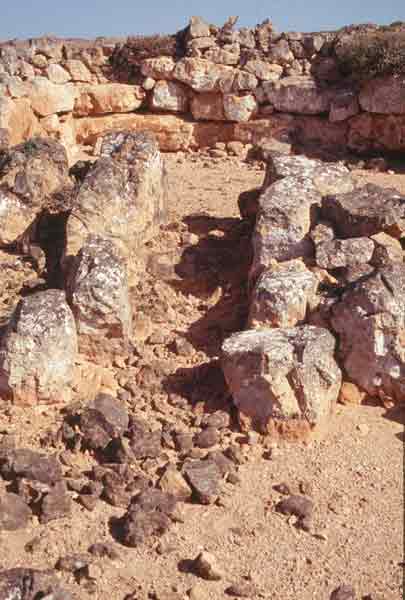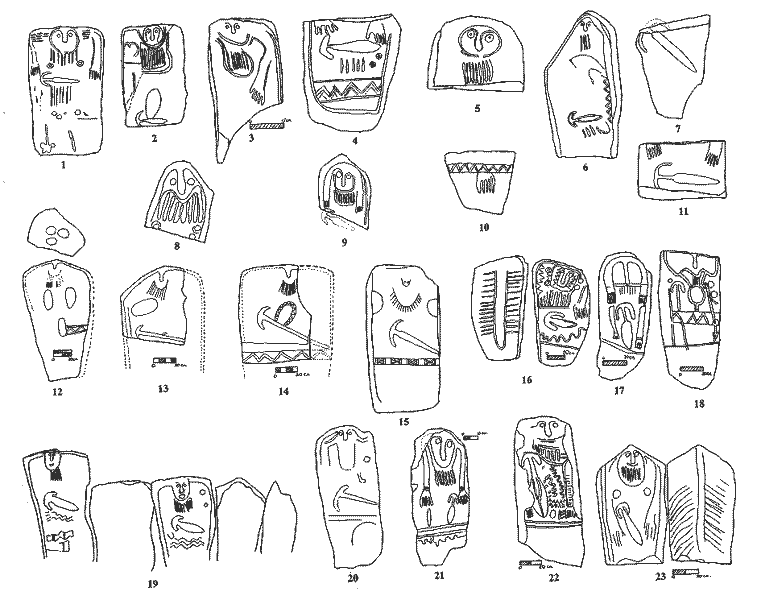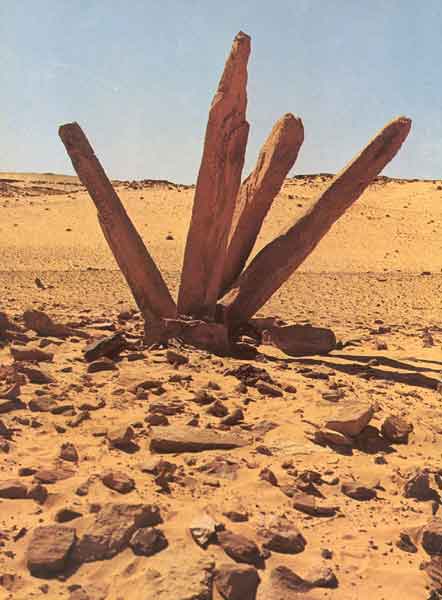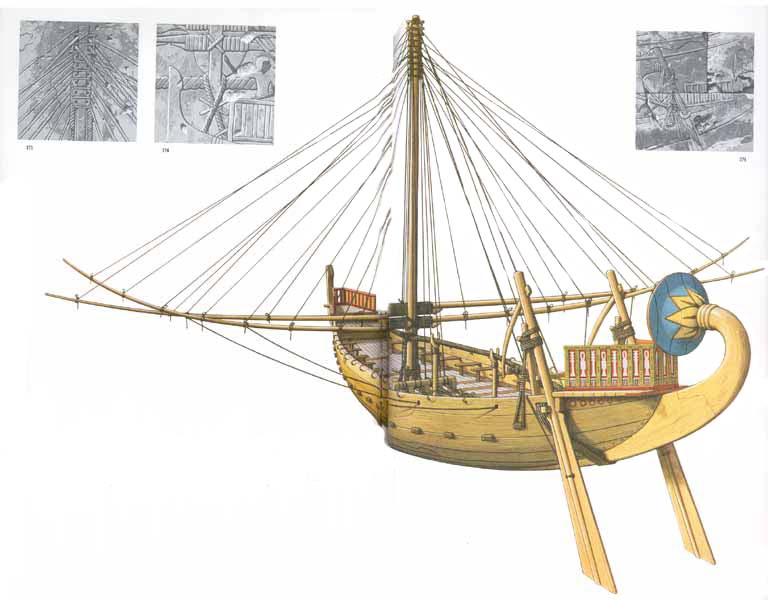The Archaeology Fund
Bronze Age
|
Archaeologists since the mid 19th century have generally recognized that a major period of cultural development follows the so called Neolithic or New Stone Age. In this sense, we have recognized in Southern Arabia a Bronze Age first defined by De Maigret in the highlands of Yemen. He suggested that sedentary village life began in the area by the mid 3rd millennium BC and lasted until approximately 1000 BC with the creation of the classical South Arabian city-states. In fact, many of the South Arabian city-states have proven to have an underlying Bronze Age component, e.g. Marib and Shabwa. To the east of South Arabia in the Emirates and Oman the Bronze Age has long been known. Our discovery of the Bronze Age period in South Arabia largely follows the characteristics of the period as defined in the west. Long an enigma we found that Bronze Age populations increasingly occupied a quite different ecological niche from that of the preceding Neolithic Period. For example, the very widespread occupation of the Rub al Khali lakes and springs largely ended by 2500 BC. Bronze Age sites tend to be restricted to high elevation springs and wadis well to the south of the Rub al Khali. The best explanation for this shift of occupation lies in our understanding of the Southwest Monsoon. Gradually beginning in the 3rd millennium BC the summer moisture pattern slowly pulled back to more modern positions. Bronze Age villages such as Taqa 60 and Hagif most likely also were defined by the presence of ever increasing animal and plant domestication. During this period the people of Southern Arabia were in an especially favorable position to exploit such well known Near Eastern crops as the barley and wheat cereals as well as cattle, sheep and goats. However due to increased contacts with the Horn of Africa they also learned to cultivate a wide variety of sorghums, millets, indigo, and cotton. Thus, local farmers could exploit both winter and summer domesticants. Additionally we have evidence of Bronze Age occupations along the many ancient lagoons dotting the northern Indian Ocean shoreline. Many of these seasonal sites took advantage of marine resources and its associated products. Survey work within the larger region soon turned up a multitude of specialized sites contemporary to the Bronze Age villages. These include stone alignments, stone circles, pillars and statue menhirs. In most cases such "ceremonial" sites have direct parallels with similar sites to the west in Yemen, Saudi Arabia and Eritrea. To what extent such "megalithic" ideas involved peoples and cultures further a field remains a fascination puzzle (see Bronze Age.) We defined the Bronze Age on the introduction of a mysterious product called bronze. However the production of smelted copper which began in the Wadi Arabah by the mid 5th millennium BC may have actually defined our "Bronze Age." Bronze as we know it mat not have been introduced into our region until late in the second millennium BC. Be that as it may excavations at our Bronze Age sites and tombs have turned up copper/bronze artifacts by the mid 3rd millennium BC. High status lunate-pommel copper/bronze daggers recovered from Southern Mesopotamia and Bahrain have their artistic counterparts in a wide variety of South Arabian locals stretching from Bir Hima in Saudi Arabia to Eastern Yemen. Many of these depictions can be more securely dated in association with the so-called statue menhirs. These pillars most often depict Bronze Age men wearing such daggers, presumably associated with their burials. Such burials have a widespread occurrence in Southern Arabia for example from Thamud to Hagif. Other burials of the period have revealed not only presence of copper/bronze but a wide variety of exquisite marine and stone bead work. The deliberate procurement and trade of incense from the region, suspected in the previous Neolithic Period can now be firmly documented. An incense stand found in Ras al Junayz and dated to the mid 3rd millennium BC contained the likely remains of Frankincense. This coastal site was also intimately tied to seafaring trade with Mesopotamia. Thus, the incense products of Dilmun mentioned in 3rd and 2nd millennia BC texts have the reality in the production of Frankincense and Myrrh in Southern Mesopotamia(*). Analysis of an unusual bead found at the Mesopotamian site of Eshnunna and dated to the late 3rd millennium BC was identified as Copal most likely coming from East Africa. To the west the recovery and identification of the so-called Sihi/Subar complex clearly suggests the involvement of local Bronze Age populations with the Red Sea incense trade. The most famous illustration of this trade of course is the Hashepsut reliefs depicting expeditionary trade with the land of Punt. Hatshepsut's funerary monument ,1430 BC, at Deir el Bahri in Upper Egypt represents one of the most outstanding artistic records for the Egyptian trade in incense. Since its completion, it has undergone considerable damage and is currently being restored. The specific scenes which depict the Egyptian fleet sailing to the land of Punt in the southern Red Sea are located in the Western Portico. Due to their exposure to various elements, the scenes are somewhat washed out and muted. In their original state they would have been highly colored. |
|






